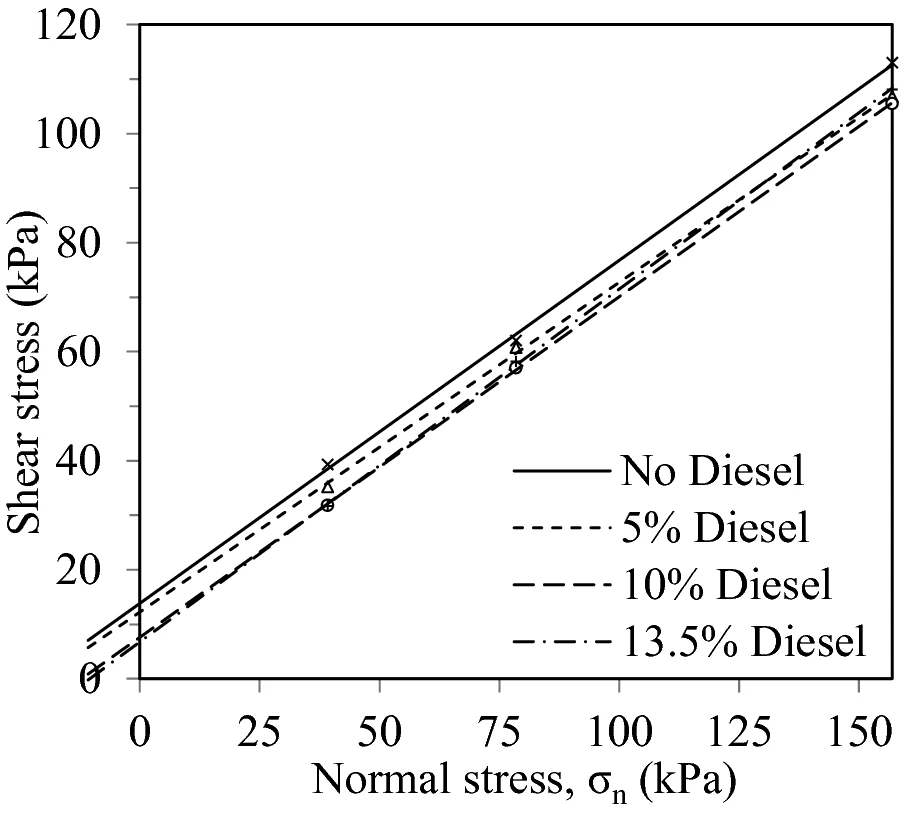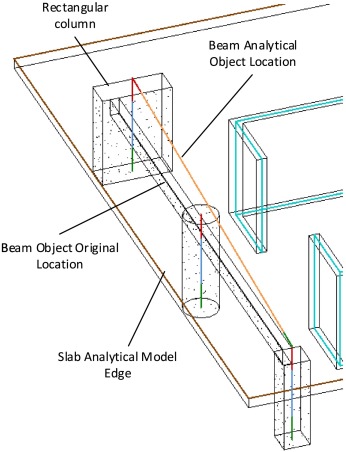Ahmed received his education at Cairo University Faculty of Engineering with a master’s in Structural Engineering and is currently a candidate for Doctorate Degree in the same field. He also holds a Bachelor’s in Civil Engineering from the same Faculty. He is an avid researcher, and his work has been published in “Automation in Construction”, “GeoMEast 2019” and “ICGRE 2022”. Ahmed is currently an assistant lecturer at Nile University.
Ahmed has spent his life using his personal and career experiences to help deliver and transfer his knowledge in civil engineering to his engineering students. As a senior bridge design Engineer, he has a solid five years’ experience in designing and constructing bridges and tunnels and related infrastructure works, he also has good experience in designing residential, industrial, and commercial buildings. While his focus is on the design aspects, he also worked extensively in software programming during his master’s degree, he obtained knowledge of multiple programming languages.
He has experience in Surveying, Soil Mechanics and Structure Analysis and Mechanics, Reinforced Concrete Design and Steel Design, Foundation Design and Highway and Traffic Engineering.
- BIM
- Numerical Methods (BEM)
- Structural Mechanics
- Soil Mechanics
- Deep Learning




